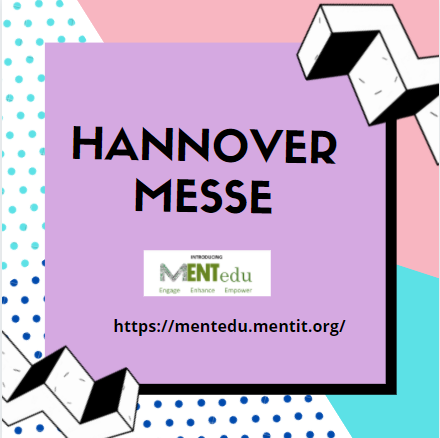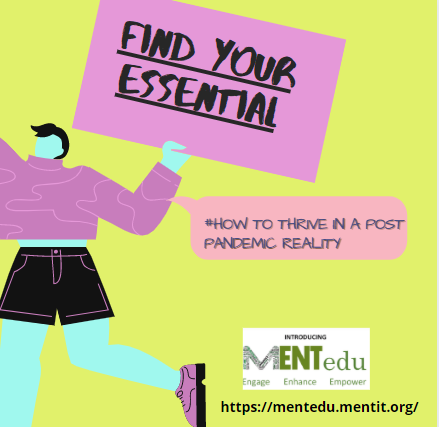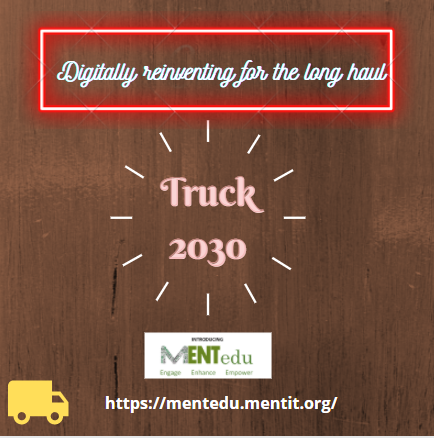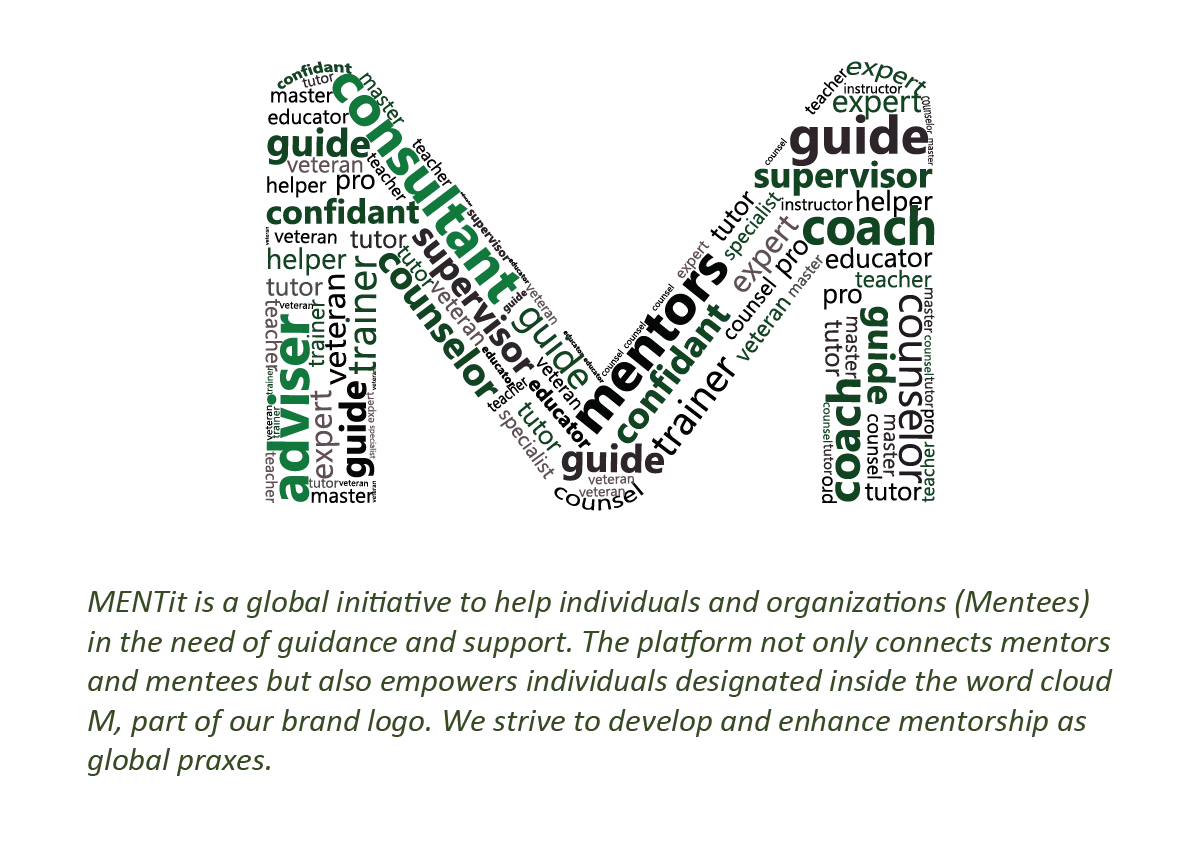The value of virtual agent technology
By Author: Mr. TEAM MENTit (MENTit Both)Affiliation: MENTit
VAT stands for Virtual Agent Technology
Virtual agent technology refers to the automation of dialogue and, in some cases, backend processes using a combination of artificial intelligence technologies or capabilities such as machine learning, natural language processing, natural language generation, sentiment analysis, language translation, speech-to-text, robotic process automation, and optical character recognition. This might be in the form of a chatbot or not. Because they combine machine learning and natural language processing, certain chatbots qualify for VAT.
Types of VAT implementation
- VAT interacts directly with external consumers.
- Internal customers like workers, contractors, and suppliers are directly contacted by VAT.
- “Agent assist technology” is a term used to describe the technology that assists service desk agents.
Measuring VAT performance is a difficult task.
- VAT performance is monitored using a mixture of new measures that are specific to how the technology works, as well as standard contact centre KPIs that are influenced by the technology.
- Recognized intent
- A segment that is within the scope
- Containment
VAT impact
- Customers' reaction
- Human agents are affected.
- Impact on financial results
VAT success
Vodafone Group is one of the world's first telecoms firms to use agent technology for customer support as part of its customer experience strategy and digital transformation. TOBi provides a single, modular platform for channels to connect to, allowing particular markets to prioritise the channels that best meet their consumers' tastes and needs.
As a result, the number of Vodafone customers who prefer to text rather than phone has nearly doubled.
The pandemic effect
During the epidemic, leaders' focus on VAT growth and development paid handsomely. Although only slightly more than half of other respondents reported an improvement in customer satisfaction as a result of VAT-supported contacts, this is true for 70% of Leaders. In addition, more Leaders noticed substantial increases in agent satisfaction. COVID was the catalyst for VAT to become a viable option. The more quickly you launch, test, and iterate on anything, the more value you'll receive out of it.
References:
Disclaimer:
The views/opinions expressed in this blog by me as a MENTit user are my personal. MENTit or its promoters or other users may not share the same views or opinions as mine. If any copyright/trademark/patent/plagiarism/controversy issue emerges because of this article written by me, I, as an author, shall be the sole responsible for the consequences.








